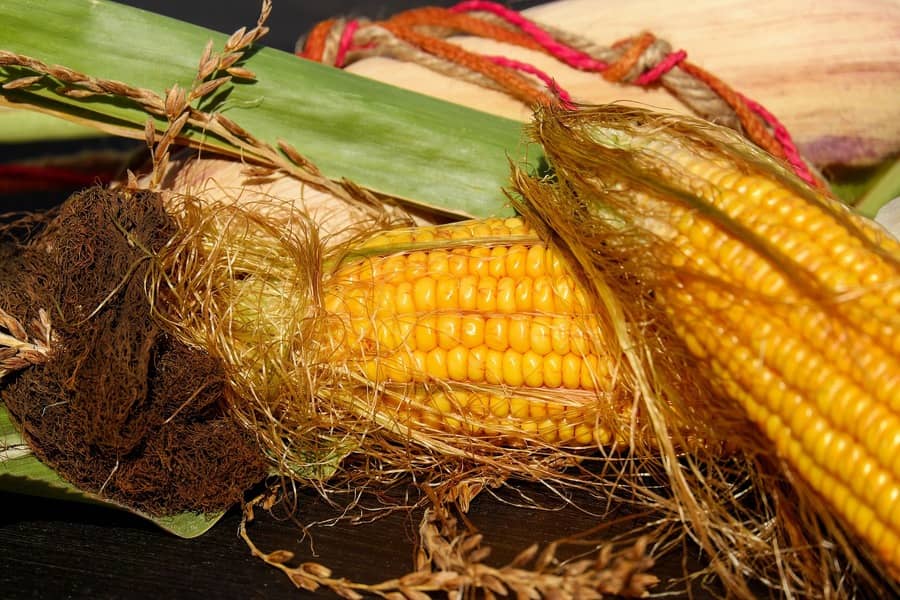Porto Alegre, March 19, 2024 – The Brazilian market has some narratives created in 2024. Some of them say that growers would not plant the second corn crop this year, that planting would be later, the crop is too small in the South in the summer, or even that there will be a shortage of corn in Brazil. When prices begin to reach levels that do not help the composition of the business year, combined with the sharp decline in soybean prices, this type of misinformation plagues the Brazilian domestic market. In fact, there are regions with cuts in the second-crop corn area and late planting, as we have already reported in our estimates. However, there are places, mainly in Mato Grosso and Tocantins, with very premature areas and already projecting harvests for May onward. Therefore, growers and the market need to be careful with the type of “statement” that is made in the Brazilian market that is contrary to the real picture of events, so as not to lead expectations to the same errors caused for soybeans.
The Brazilian domestic corn market has points of attention from now on. The first is the lack of exports. The little corn shipped this business year does not help to support prices in the domestic market. With Argentina starting the harvest and export sales flow, Brazil has no export demand as it is unable to have competitive prices against the neighboring country. Some trading companies tried, in the previous week, to facilitate some movement of exports for April and May at BRL 60/61 in ports, however, the market simply did not provide liquidity in volume for this movement. A positive point is that the better distribution of the soybean harvest this year and the very low volume of corn shipped at the moment are offering more balanced freight conditions, and this could help at some point to make export flows viable.
However, exporting at high prices is always easier, and when prices are aligned downward, there is this type of difficulty in generating a flow that can compete with the domestic market. For this reason, the US Planting Intention on the 28th will be fundamental for this alignment of Brazilian export prices. An area with a more significant decline could cause a rally on the CBOT and boost export prices in Brazil and vice versa.
Without a strong export flow, in 2023 we shipped almost 6 mln tons in the first half of the year, and domestic demand and the producer’s sales decision are dominating price movements. Demand does not show anything new and continues at its pace to try to reach the second crop without major impacts on corn prices. Producers observe the second crop climate as a speculative variable for the semester. The rain in the first half of March supported the second crop picture in most growing regions.
However, we have a region at slightly higher risk and in need of immediate rain. All second-crop regions will need continuous rain from now on. However, there is a pocket of drought between the center-north of Paraguay, center-south of Mato Grosso do Sul, north of Paraná, and much of the west of São Paulo. The rain has not been satisfactory in these locations, and it is even more urgently needed with the heat wave that hit second-crop regions in the week earlier.
In general, we have second crops quite accelerated due to the earlier soybean cycle, but we also have a portion of late crops, which will be finishing their planting in March. We can point out that 70 to 75% of crops are in this planting range within the optimal window, and 25 to 30% are associated with greater climate risk from now on. So, April will be a key month for this definition of the largest portion of the Brazilian crop. Paraguay also needs urgent rain, in its center-north region.
In this environment, what we notice is that there is really a “Brazilian climate market” for the second crop, but the institutions that try to “sell” information to producers today create invalid narratives. Brazil will be able to export 40/45 mln tons this year, without damaging internal supplies. If there is a loss of 5 to 10 mln tons of second-crop production, exports will be the only thing affected. Of course, the domestic market will need permanent monitoring and business management in a competitive manner to exporters. The key point, however, is the 2024 US crop. A normal crop, even with a reduction in area, does not help to increase international prices, nor to improve prices in Brazil. A crop in the US with more serious problems brings demand to Brazil, stronger export flow, and higher domestic prices. It is in this climate environment for Brazil’s second crop and the US crop that the market will be driven in the coming few weeks.
Copyright 2024 – Grupo CMA

